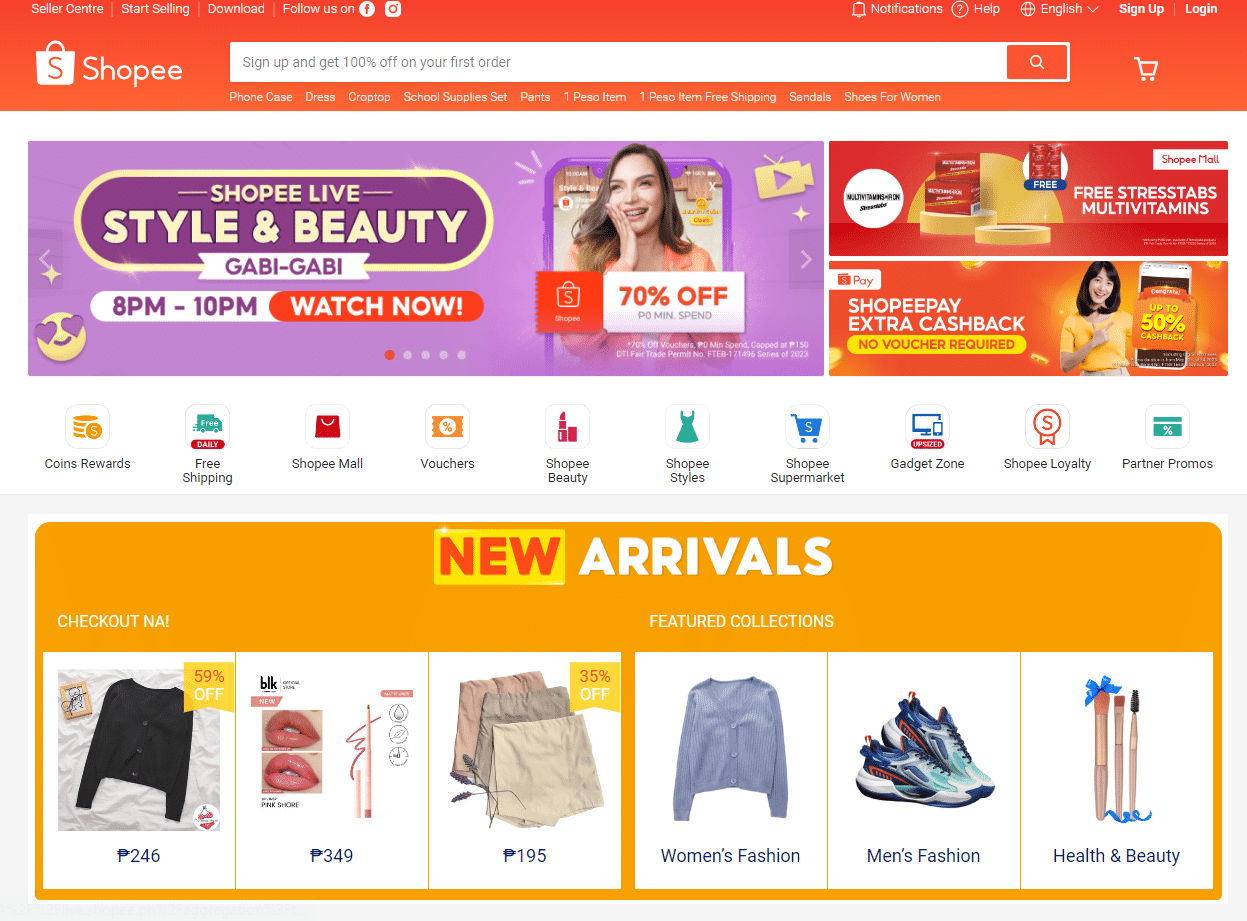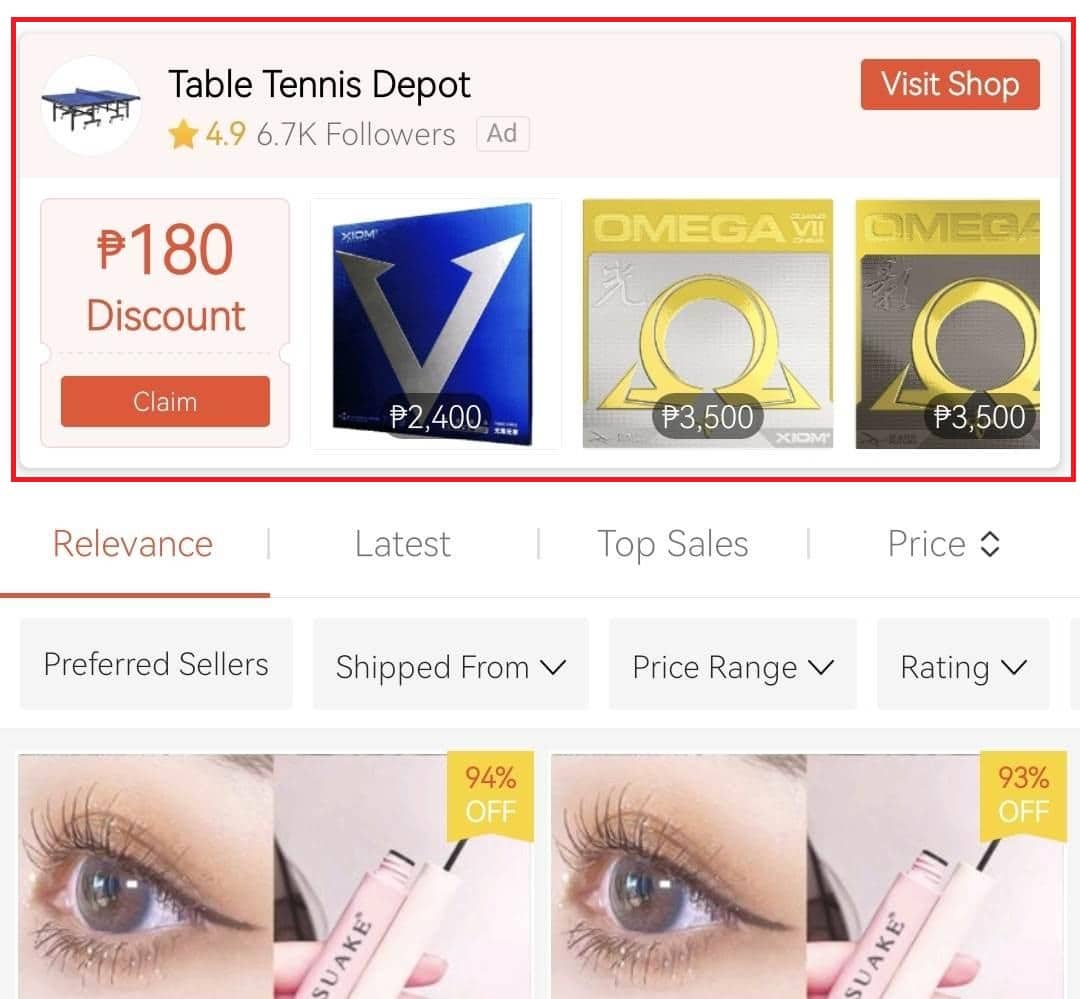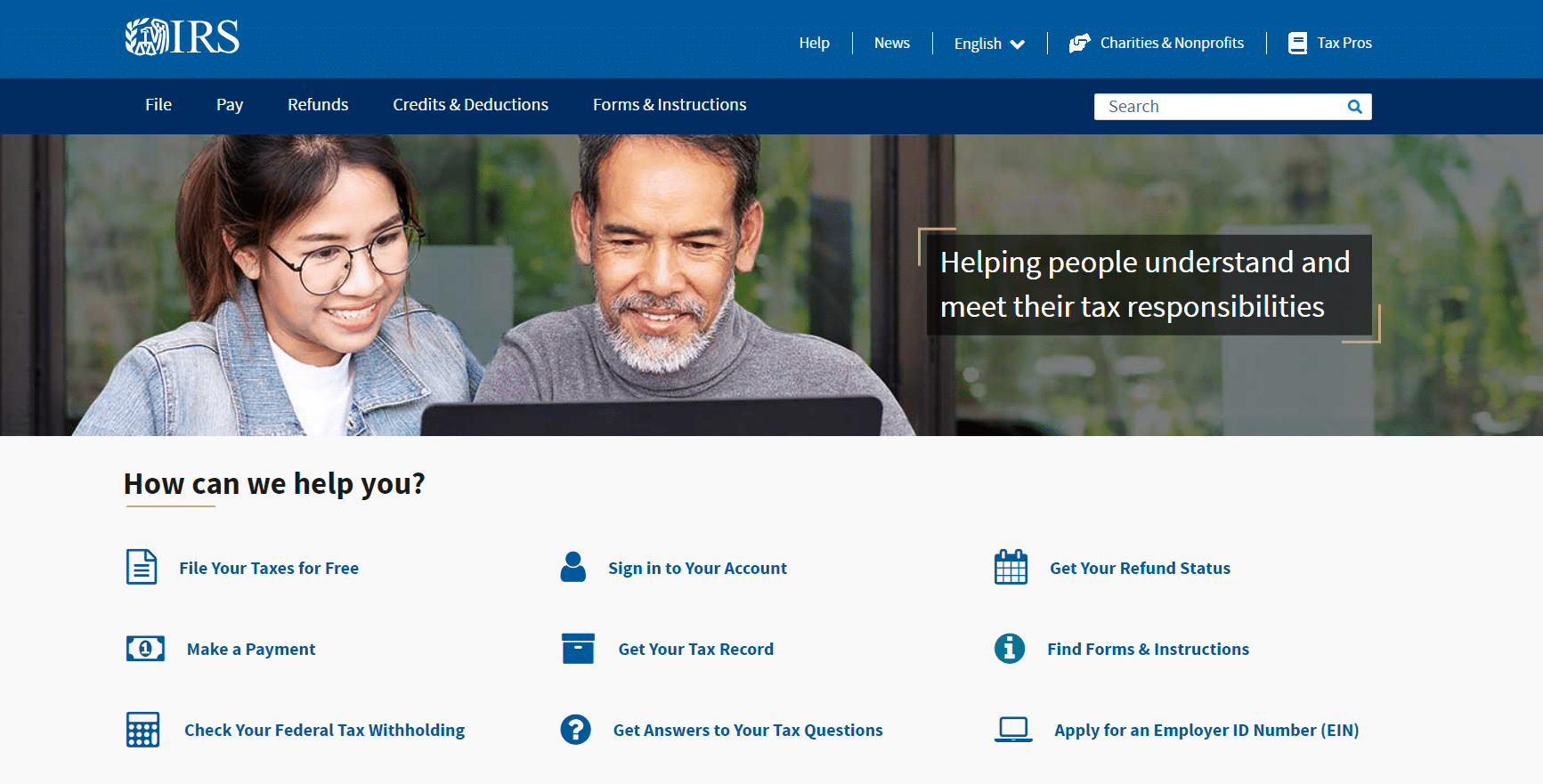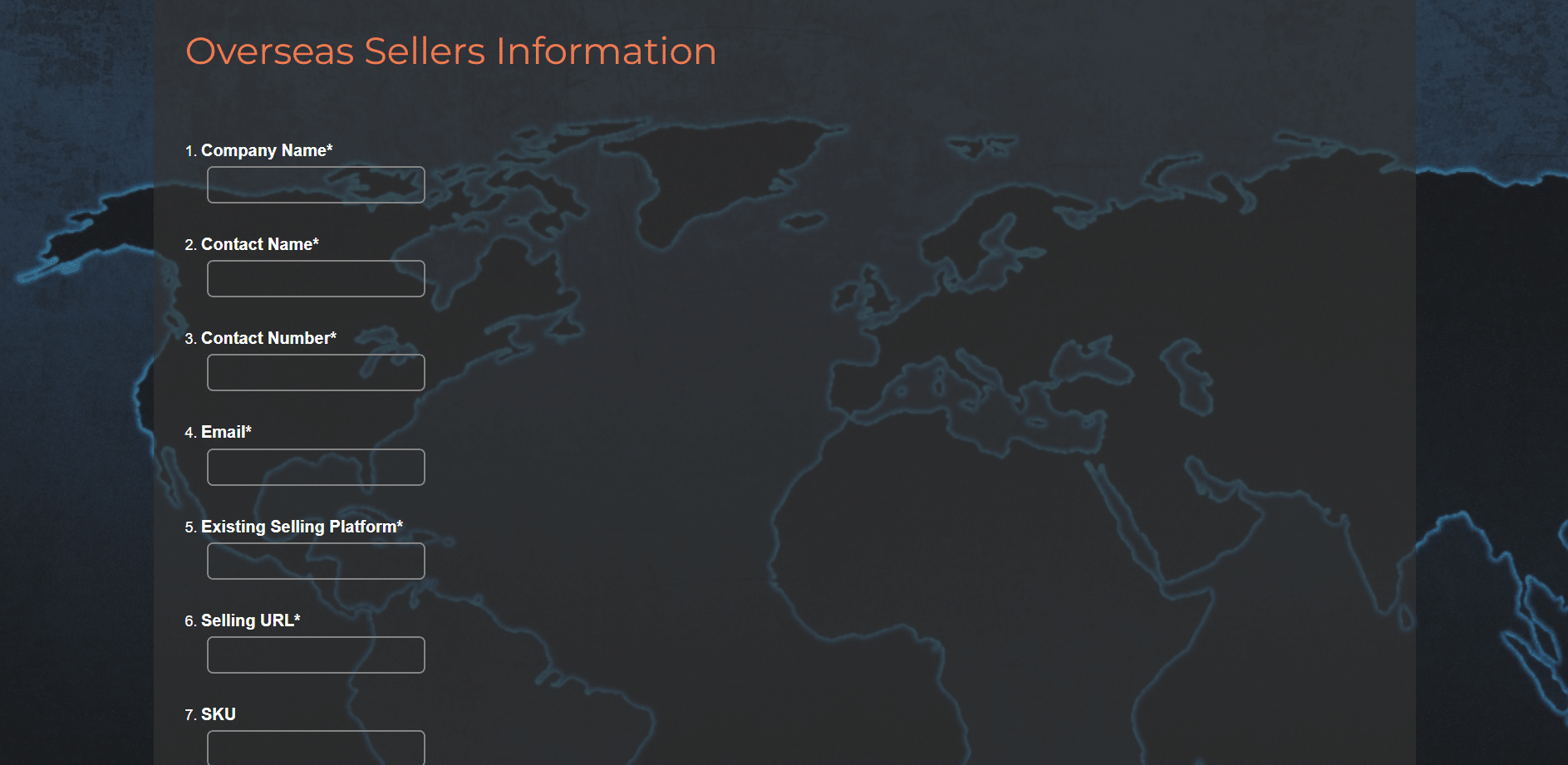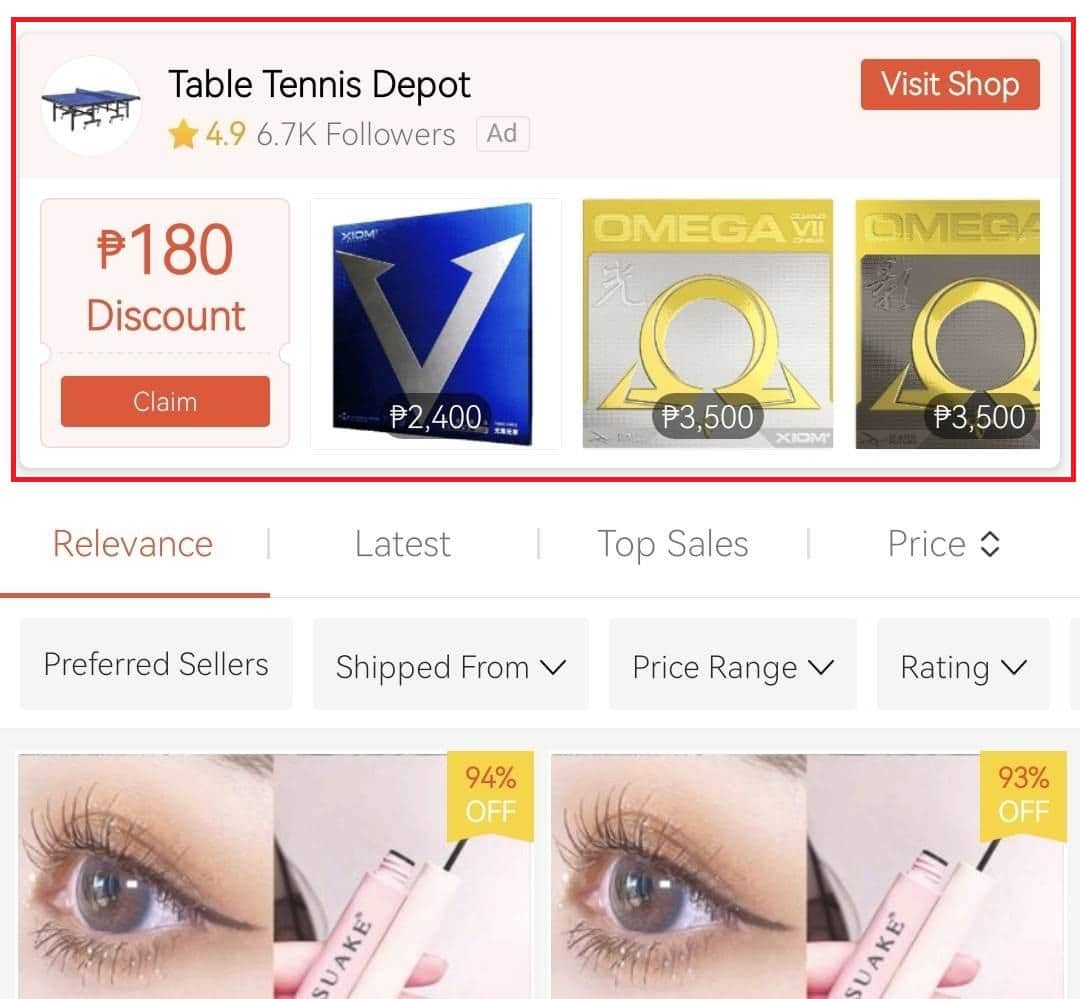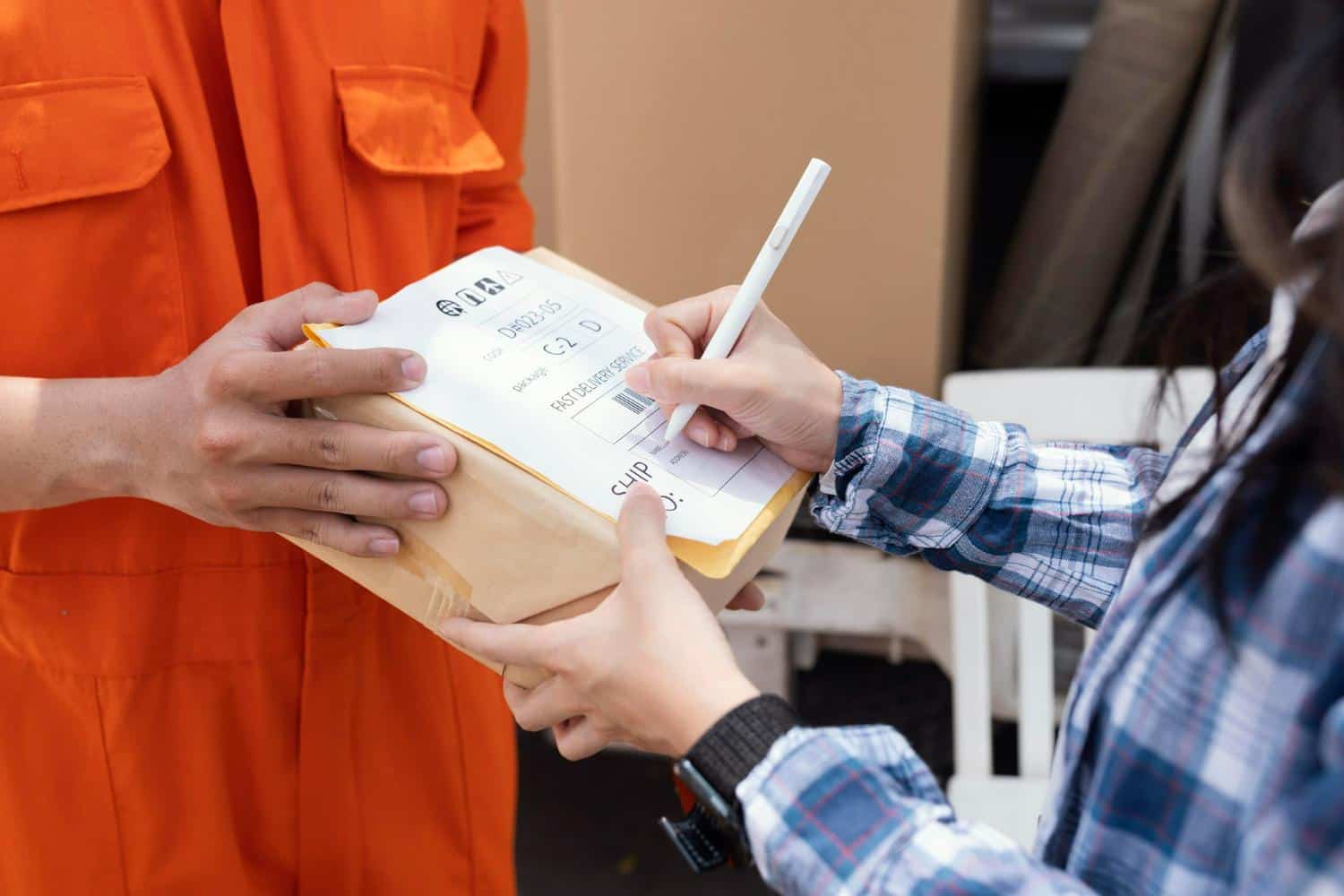How to Become a Cross-Border Shopee Seller

Expanding your business across borders is an enticing undertaking. Shopee, a powerhouse in the e-commerce realm of Southeast Asia, has attracted sellers with its expansive reach. If you've ever wondered how to sell on Shopee as a Shopee global seller and tap into the thriving markets it serves, even if you're not in one of those countries, you've come to the right place.
Let's explore the step-by-step process of how to become a cross-border Shopee seller. Whether you're an ambitious entrepreneur from the US, an online business owner, or a passionate seller seeking new avenues of growth, this guide will help you navigate the intricate terrain of cross-border selling on Shopee.
Related Reading: How to Become a Lazada International Seller
What Exactly Is a Cross-Border Seller?
-

Shopee is not the only e-commerce platform that offers cross-border selling. - A cross-border seller refers to merchants who sell products across international borders, leveraging the reach and infrastructure of an e-commerce platform—in this case, Shopee. For anyone wanting to become a Shopee overseas seller as an American or any foreign seller, becoming a cross-border seller entails reaching customers in countries where Shopee is popular.
As a cross-border seller, you can list and sell products directly to customers in countries where Shopee operates without needing a physical presence. Shopee provides a platform that handles various aspects of e-commerce, such as product listings, payment processing, and customer support, making it easier for sellers to engage with international customers.
To become a cross-border seller on Shopee, you will need a Shopee seller account and navigate the platform's cross-border settings, but more on that later. You'll also typically have to configure store settings, such as shipping options, currencies, and languages, to cater to the specific requirements of each target market.
What Countries Does Shopee Operate In?
Shopee has gained significant popularity in many countries since its launch in 2015. It has established itself as a leading e-commerce platform through its user-friendly interface, attractive deals, and diverse product offerings.
| Southeast Asia | East Asia | Latin America |
|
|
|
Is It Free to Become a Shopee Cross-Border Seller?
No. Creating a Shopee seller account and selling on the platform is completely free.
However, there may be costs to certain aspects of selling on Shopee:
- Transaction Fees – Shopee typically charges a commission or transaction fee for each successful sale made through the platform. The commission structure can vary based on product category, sales volume, and promotional campaigns.
- Shipping and Logistics Costs – As a cross-border seller, you should consider the shipping and logistics expenses for delivering products to customers in different countries. These costs may vary depending on the shipping provider, delivery location, package weight, and dimensions.
-

Cross-border selling on Shopee allows you to reach a new customer base. - 3. Currency Conversion Fees – When selling cross-border, a currency conversion may be necessary for international transactions. Depending on the payment methods and financial institutions, currency conversion fees or exchange rate differences can impact the seller's earnings.
It's essential for cross-border sellers to carefully consider these potential costs and fees when pricing their products and determining their profit margins.
The Shopee International Platform Program
The Shopee International Platform (SIP) is an invite-only program that allows sellers from select countries to advertise and sell their products internationally. Currently, SIP is available in the following countries:
- Philippines
- Singapore
- Thailand
- Chile
The program gives sellers an opportunity to reach a wider audience while maintaining a local selling experience. To deliver products through SIP, sellers have to send the product to Shopee’s warehouse, and the platform will do the rest.
How to Become a Shopee Cross-Border Seller
General Prerequisites
To become a cross-border Shopee seller, you need to fulfill certain requirements. While specific requirements may vary depending on the country and region, here are the general prerequisites to becoming a cross-border Shopee seller:
- Business Entity and Legal Registration – You must have a valid business entity registered in your home country. It can be a company, partnership, or sole proprietorship, but it depends on your country's regulations. Ensure that your business entity is legally registered and compliant with the laws and regulations of your home country.
- Tax Identification Number – Obtain a valid tax identification number for your business. This is necessary for tax purposes and compliance. If you don't have one yet, you can get this from tax authorities in your country.
- Product Compliance – The products you intend to sell must comply with local regulations, quality standards, and safety requirements. Certain countries may have specific rules and restrictions on certain product categories, so ensure adherence to these guidelines.
- Legal Obligations – Comply with all applicable laws and regulations in your home country and the countries you plan to sell to. This includes intellectual property rights, consumer protection laws, and import/export regulations.
- Payment and Banking – Secure a valid bank account to receive payments from Shopee. Familiarize yourself with Shopee's payment and settlement processes, including the withdrawal options available in your country.
After fulfilling these requirements, you may create your cross-border seller account and sell your products. Follow the steps below to get started.
Steps to Becoming a Cross-Border Shopee Seller
Step 1: Verify Your Eligibility as a Foreign Seller
If you want to sell on Shopee as an American, verifying your eligibility as a cross-border Shopee seller is the first step. For American sellers, ensure you have a valid business entity registered in the United States, such as an LLC (Limited Liability Company) or corporation.
Shopee may require you to provide tax-related information to verify your business entity. In general, the document you will need is your Employer Identification Number (EIN), which you can obtain from the Internal Revenue Service (IRS) in the United States.
Visit the Shopee website and create a seller account. Provide accurate and complete information about your business. Follow the registration process, agree to the terms and conditions, and verify your email address to activate your Shopee seller account.
Once your account is active, navigate to the settings section in your Shopee seller account. Configure the cross-border settings, including the countries where you want to sell, supported currencies, and available languages. Adjust pricing, shipping options, and return policies for each target market based on local preferences and regulations.
Step 4: Optimize Product Listings for Cross-Border Selling
Create compelling product listings that resonate with customers in your target markets. Adapt your product titles, descriptions, and images to appeal to your international audience.
Step 5: Set Up International Shipping and Logistics
Explore various shipping and logistics options suitable for cross-border selling. Consider partnering with international shipping providers or utilizing fulfillment services to streamline the process. Shopee may provide recommendations or integration options for shipping and logistics providers to facilitate cross-border operations.
Step 6: Implement Marketing and Promotion Strategies
Develop a solid marketing strategy to promote your cross-border Shopee store. Utilize Shopee's advertising tools, such as sponsored product ads and banners, to increase visibility.
Step 7: Monitor Performance and Optimize
Regularly check your cross-border store's performance using Shopee's analytics tools. Track key metrics such as sales, conversion rates, customer feedback, and product performance. Use these insights to optimize your pricing, product offerings, marketing strategies, and overall operations to drive growth and maximize profitability.
How to Manage Order Fulfillment and Shipping on Shopee
- Determine Your Fulfillment Method – As a cross-border seller on Shopee, you have two primary options for order fulfillment: dropshipping or owning your inventory.
- Dropshipping – Shopee allows dropshipping, which means you can partner with suppliers who hold the inventory and handle the shipping process. When an order is placed on Shopee, you provide the supplier with the necessary details, and they directly ship the product to the customer.
- Owning Your Inventory – Alternatively, you can own and manage your inventory. You'll handle sourcing, storing, and fulfilling orders from your own stock. This option provides you with more control over product quality, shipping times, and customer experience.
- Source Reliable Suppliers (for Dropshipping) – If you opt for dropshipping, finding a reliable supplier who can fulfill orders promptly and maintain product quality is a priority. Consider factors such as product variety, shipping capabilities, customer reviews, and their ability to handle cross-border shipments effectively.
- Set Clear Shipping Policies – Establish clear shipping policies for your Shopee store. Clearly communicate shipping methods, estimated delivery times, any additional fees, and any restrictions or limitations that apply. Transparently providing this information helps manage customer expectations and reduces potential conflicts.
- Integrate with Shopee's Shipping Partners – Shopee offers integration with various shipping partners. Explore the available options and integrate your preferred shipping provider into your Shopee seller account. This enables you to generate shipping labels, track shipments, and provide customers with accurate tracking information.
Both dropshipping and owning your inventory are viable options for order fulfillment on Shopee as a cross-border seller.
How Can I Get Paid As a Shopee Cross-Border Seller?
-
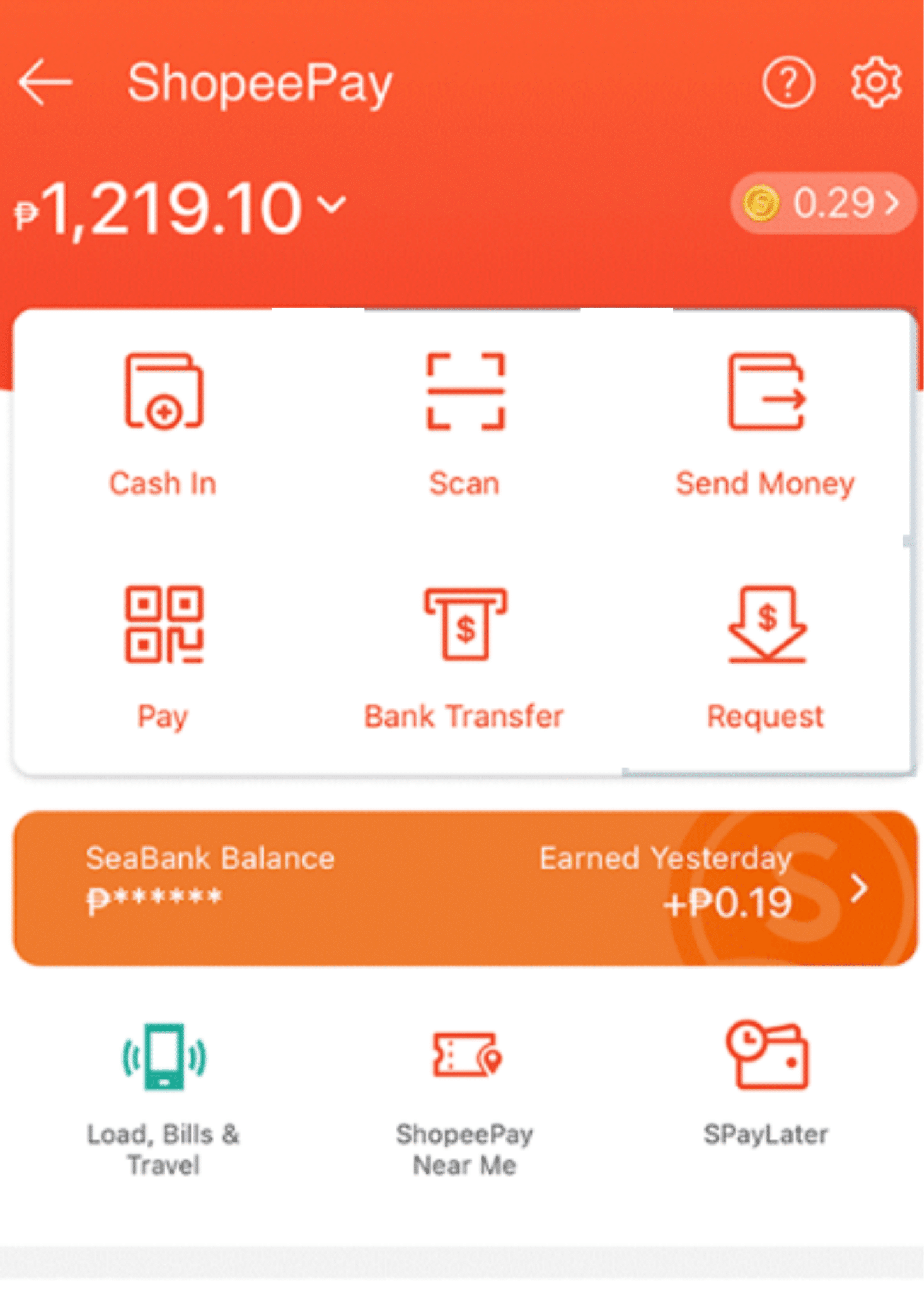
You can accumulate your earnings from cross-border selling on your Shopee account. - You can receive payments through Shopee's payment and settlement system. Shopee offers different payment methods depending on the country you are selling in. Here are the methods for getting paid as a Shopee cross-border seller:
- Shopee Wallet – Shopee Wallet is a digital wallet provided by Shopee. Once you accumulate earnings from your sales, the funds will be stored in your Shopee Wallet. You can then use the funds within your wallet to make purchases on Shopee or withdraw the money to your bank account.
- Bank Transfer – Shopee supports direct bank transfers as a payment option. You can link your bank account to your Shopee seller account and request withdrawals from your bank. Shopee will transfer the funds directly to your designated bank account.
- Remittance Services – Depending on the country you are selling in, Shopee may offer remittance services as a payment option. Remittance services allow you to transfer funds internationally to your bank account in your home country or other designated accounts.
Conclusion
Becoming a cross-border Shopee seller can be a rewarding venture, allowing you to reach a global audience and expand your business beyond borders. Are you ready to embrace the opportunities presented by e-commerce, and take your business to new heights in the global marketplace?
Then, follow our step-by-step guide to start establishing a successful cross-border presence on Shopee.
